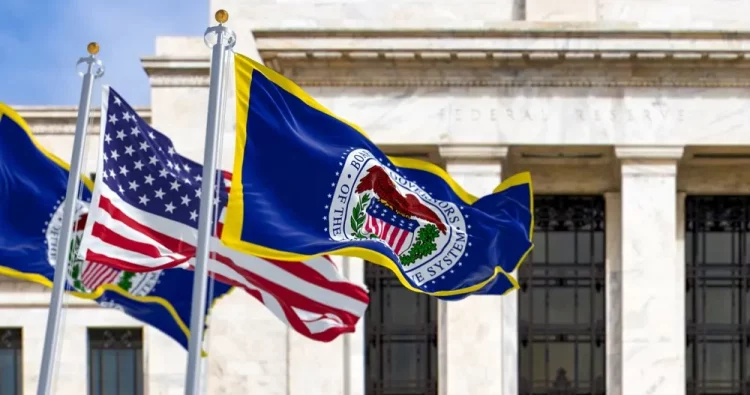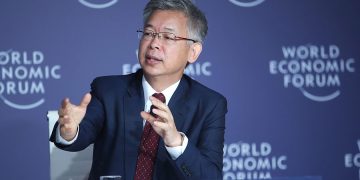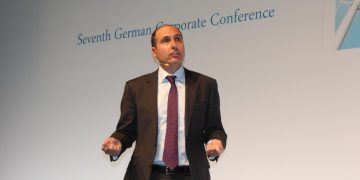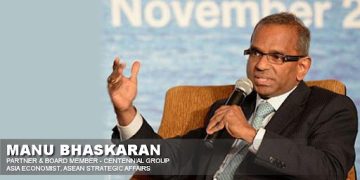The Federal Reserve’s (Fed) commitment to a 2% inflation target has been a defining feature of its monetary policy framework for more than a decade. Instituted formally in 2012, the symmetric 2% inflation goal aimed to anchor inflation expectations, foster price stability, and support maximum employment. Over time, this target has shaped market behavior, central bank credibility, and economic decision-making across the United States and beyond.
However, the economic environment that prevailed when this target was adopted has changed substantially. The rapid pace of technological innovation, demographic shifts, globalization trends, evolving labor markets, and the recent unprecedented shocks—such as the COVID-19 pandemic and supply chain disruptions—have transformed the economic structure in fundamental ways. Moreover, inflation dynamics themselves have grown more complex and less predictable, raising the question: Is the Federal Reserve’s 2% inflation target still appropriate for today’s economy? Or is it time for a re-examination and potential adjustment?
This article delves deeply into the origins and rationale of the Fed’s inflation target, analyzes the evolving economic landscape and challenges facing policymakers, explores the Fed’s recent policy framework changes, and considers future directions for inflation targeting in a transformed world.
1. The Foundation: Why the 2% Inflation Target?
To appreciate whether the 2% target remains suitable, it is essential to understand why the Fed—and many other central banks—chose it in the first place.
1.1 Anchoring Inflation Expectations
The primary motivation was to anchor long-term inflation expectations. Inflation targeting helps avoid the economic inefficiencies of volatile inflation or deflation. A moderate, stable inflation rate around 2% was seen as a “sweet spot” that avoids the pitfalls of price instability.
1.2 Avoiding the Zero Lower Bound Trap
By targeting a positive inflation rate (instead of zero), the Fed aimed to keep nominal interest rates above zero on average, thereby maintaining some “room to maneuver.” In recessions, the Fed cuts nominal rates to stimulate demand. If inflation were too low or negative, nominal rates would risk hitting zero too often, limiting monetary policy effectiveness.
1.3 Balancing Price Stability and Growth
A low but positive inflation target was thought to allow prices and wages to adjust smoothly without causing large distortions. This was critical for supporting sustainable economic growth and employment.
At the time of formal adoption, the U.S. economy was recovering from the Global Financial Crisis. Inflation had been persistently below desired levels, and a clear target was needed to reinforce the Fed’s commitment to price stability.
2. How Has the Economic Structure Changed Since?
The U.S. and global economies today differ significantly from those in the early 2010s. These structural changes complicate the inflation targeting framework.
2.1 Technological Innovation and Productivity Growth
The digital revolution, automation, and artificial intelligence have dramatically reshaped production processes and consumer behavior. While technology often boosts productivity, it also tends to exert downward pressure on prices, especially in technology-intensive sectors such as electronics, software, and telecommunications.
E-commerce platforms increase price transparency and competition, pushing retail prices down or keeping them subdued. Many services are being digitized and commoditized, making pricing power more diffuse.
2.2 Labor Market Transformations
Labor markets have evolved in terms of participation rates, workforce demographics, and job flexibility:
- The gig economy and contract work introduce more fluid wage-setting mechanisms, potentially weakening traditional wage-inflation correlations.
- Remote work has broadened labor pools but also shifted bargaining power dynamics.
- Demographic changes, including an aging workforce and declining labor force participation, influence wage pressures and productivity.
- These factors mean wage growth may not behave as it did historically, complicating inflation forecasting.
2.3 Global Supply Chains and Trade Patterns
Globalization historically contributed to disinflation by sourcing cheaper inputs and increasing competition. However, recent years have seen:
- Supply chain bottlenecks, driven by the pandemic and geopolitical tensions.
- Reshoring and diversification efforts by firms to reduce dependency on single regions.
- These trends have introduced greater inflation volatility and uncertainty, challenging the Fed’s ability to control inflation through domestic monetary policy alone.
2.4 Changing Consumer Preferences and Market Structures
Consumers now spend differently, prioritizing experiences, digital services, and health care more than in the past. Market concentration in some industries may affect pricing dynamics.
3. Challenges to the 2% Inflation Target Today
3.1 The Low Neutral Interest Rate (r*)
A key implication of these structural shifts is the decline in the neutral real interest rate (r*), the rate consistent with stable inflation and full employment. Estimates suggest r* may now be near zero or even negative.
With nominal interest rates close to the effective lower bound more frequently, the Fed’s room to cut rates during downturns is limited. The traditional 2% inflation target may no longer provide enough “cushion” to prevent hitting the zero lower bound, risking deeper recessions or longer recoveries.
3.2 Inflation Measurement and Perception Issues
Traditional inflation indices (e.g., CPI, PCE) may inadequately reflect:
- Quality improvements in products and services.
- The impact of new digital goods and free services.
- Housing costs, which form a large part of household expenditures but are measured differently.
This can create a mismatch between reported inflation and consumer experiences, potentially distorting expectations.
3.3 Inflation Volatility and Supply Shocks
Recent inflation spikes driven by supply shocks (e.g., energy price surges, shipping disruptions) show that inflation is increasingly influenced by global and structural factors beyond domestic demand conditions.
A strict 2% target might require aggressive rate hikes in response to transitory price shocks, risking recession without addressing underlying inflation drivers.
4. The Fed’s Response: Average Inflation Targeting and Flexibility
In 2020, the Fed announced a shift to flexible average inflation targeting (FAIT). Under this framework, inflation is allowed to moderately exceed 2% for some time to make up for previous periods of below-target inflation.
This represents a significant adaptation:
- It acknowledges the challenges of hitting a rigid 2% target consistently.
- It aims to better anchor inflation expectations by emphasizing the Fed’s commitment to a symmetric goal.
- It implicitly recognizes the low r* environment and the need for more accommodative policy over the medium term.
The Fed has also emphasized a dual mandate: price stability and maximum employment, sometimes prioritizing employment to support broader economic welfare.
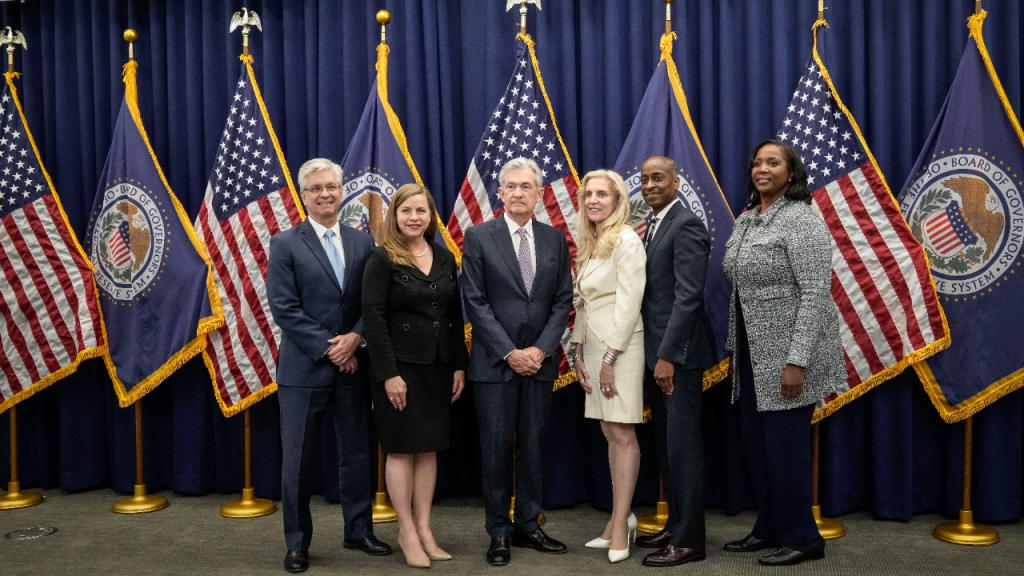
5. Potential Alternatives and Debates
5.1 Raising the Inflation Target
Some economists argue for increasing the inflation target to 2.5% or even 3%, which would:
- Provide a larger buffer against the zero lower bound.
- Allow more room for monetary accommodation during recessions.
- Reflect changed economic dynamics and measurement concerns.
However, risks include the potential for unanchored inflation expectations and higher long-term borrowing costs.
5.2 Using an Inflation Range or Band
Rather than a point target, a range (e.g., 1.5%-2.5%) could allow for more flexibility in responding to shocks without market panic.
5.3 Emphasizing Broader Measures of Economic Welfare
Some propose incorporating wage growth, employment quality, and financial stability more explicitly into the policy framework, moving beyond pure inflation targeting.
6. Implications for Investors and Policymakers
6.1 For Investors
- Inflation expectations and monetary policy uncertainty may increase, leading to volatility in bond yields, equity valuations, and currency markets.
- Inflation-protected securities and assets with pricing power may gain prominence.
- Portfolio strategies need to account for potentially less predictable inflation dynamics.
6.2 For Policymakers
- Communicating policy intentions clearly remains vital to maintain credibility.
- Greater flexibility and data-dependence are necessary to navigate complex trade-offs.
- Collaboration with fiscal policy may be needed to support growth when monetary policy space is constrained.
Conclusion
The Federal Reserve’s 2% inflation target has provided a valuable anchor for monetary policy over the past decade. Yet the economic structure today is markedly different from when that target was established. Technological innovation, changing labor dynamics, globalization shifts, and new inflation drivers challenge the adequacy of a rigid 2% goal.
The Fed’s move toward average inflation targeting represents an important evolution, acknowledging the need for flexibility amid uncertainty. However, ongoing debate persists about whether the target itself should be revised, broadened, or supplemented with other economic indicators.
Ultimately, maintaining price stability while supporting sustainable growth requires that inflation targets evolve in harmony with the economy’s changing realities. As new data and experiences accumulate, the Fed and global central banks will need to continuously reassess and adapt their frameworks to ensure monetary policy remains effective, credible, and responsive to the needs of a complex, modern economy.



















